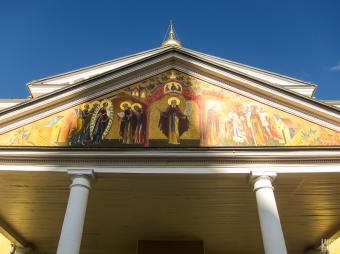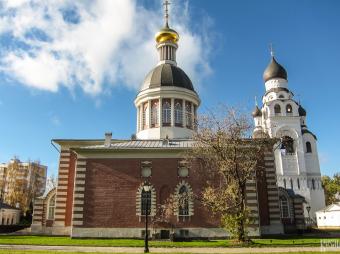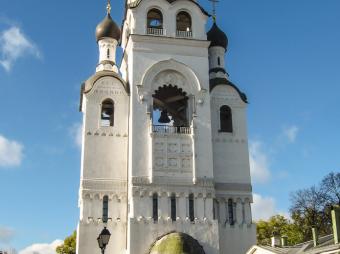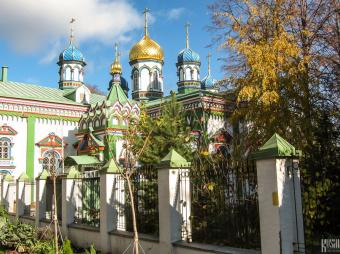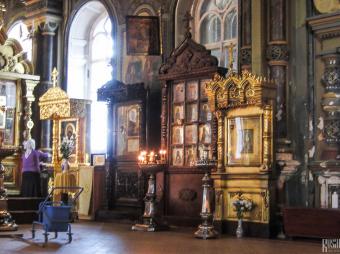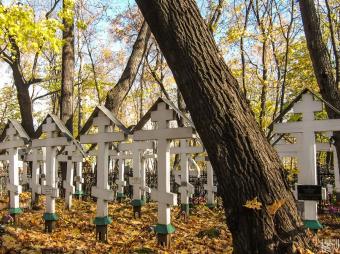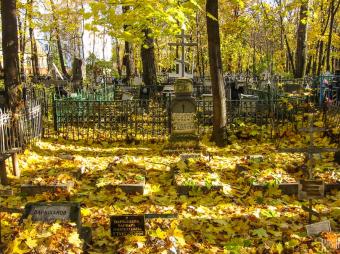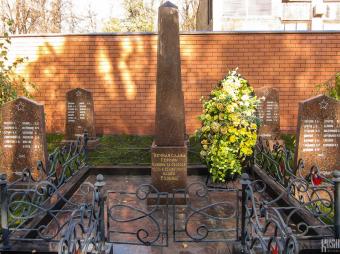Around Aviamotornaya Metro Station
Rogozhsky Old-Believers Settlement

Located just outside the Third Ring Road, approximately half way between Ploschad Ilicha and Aviamotornaya metro stations is the Rogozhsky Old-Believers Settlement and the Rogozhskoe Cemetery. The settlement began in 1771 after the establishment of the Rogozhskoe Cemetery. Empress Catherine the Great initially allowed the construction of an Old-Believers almshouse and refuge next to the cemetery. In addition an Old-Believers chapel was also built without permission and the area subsequently became the centre of an Old-Believers commune. After the Revolution, all churches except the Intercession Cathedral were closed, but the Bell Tower and Dormition Church was returned in 1947 and the others followed suit in the 1990s. In 1995 the Moscow government designated the site the Rogovsky Old-Believers Settlement and gave it protected status. Today the Rogozhskoe Settlement is the centre of the Russia Orthodox Old-Rite Church: the metropolitan has his official residence here and the Intercession Cathedral serves as the eparchial cathedral of the Moscow Eparchy. St Nicholas' Church however remains part of the Russian Orthodox Church. You can walk here from Aviamotornaya metro station or you can get a bus from Marksistskaya metro station (No. 51 or 169) or a trolley bus from Taganskaya metro station (No. 16, 26 or 63) to the 'Staroobryadcheskaya Ulitsa' stop.
Intercession Old-Believers Eparchial Cathedral at Rogozhskoe Cemetery
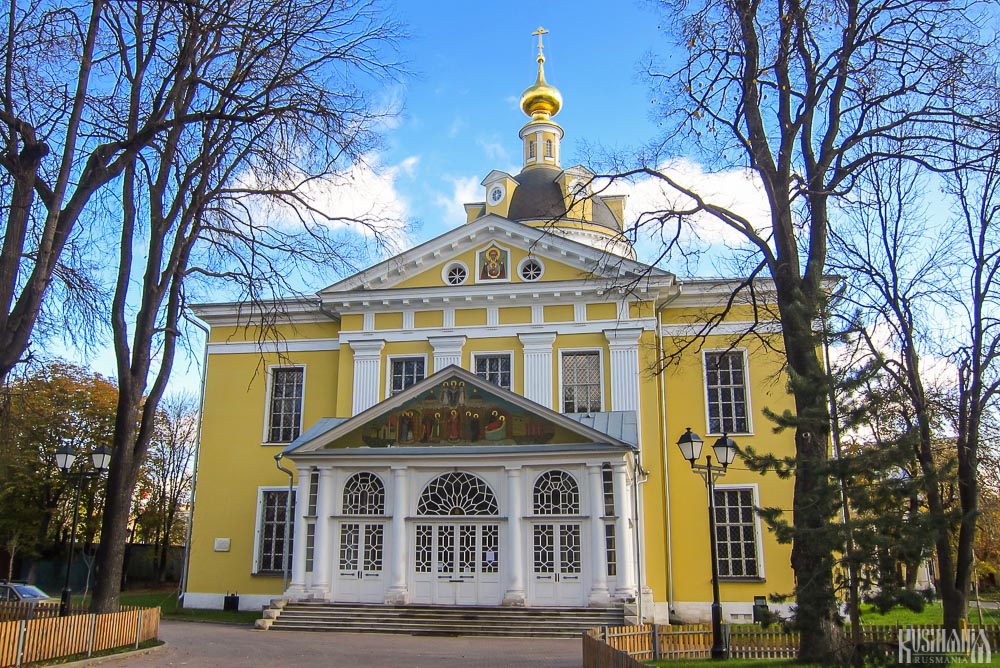
Between 1790 and 1792 the Intercession Old-Believers Eparchial Cathedral at Rogozhskoe Cemetery was completed according to a design by the architect Matvey Kazakov in the classical style. Kazakov's original plan was to build a five-domed church, but this plan was scaled-down by Catherine the Great, so that the final church only has one central dome. Nevertheless the Intercession Cathedral is still the second largest cathedral in terms of area in Moscow after Christ the Saviour Cathedral.
Nativity of Christ Old-Believers Church
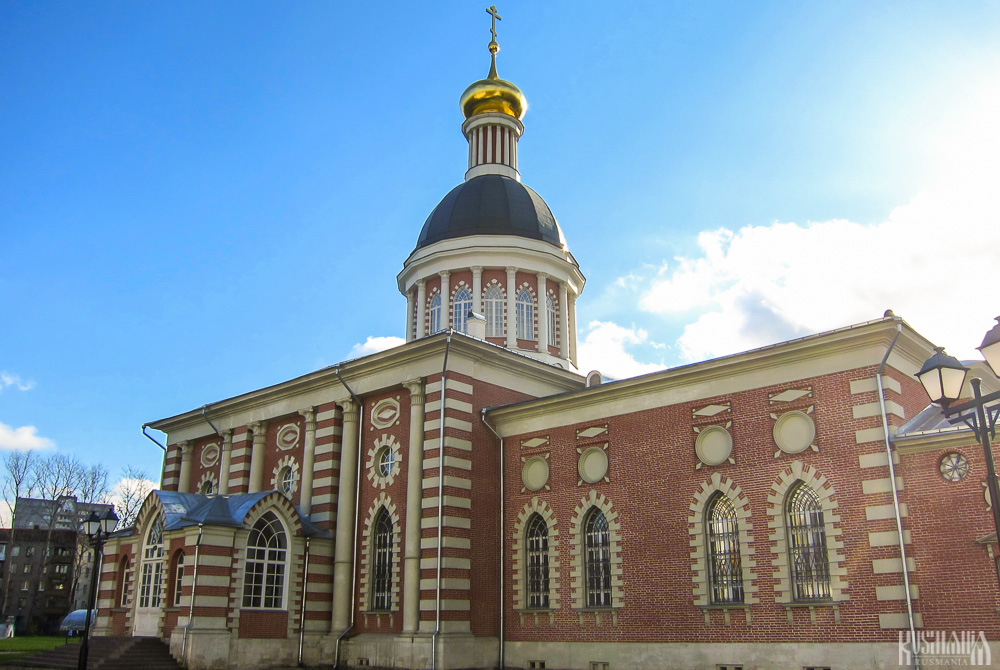
In 1804 the Nativity of Christ Old-Believers Church was built to the south of the Intercession Cathedral. The red-brick building is topped with a large central rotunda and a dome.
Bell Tower and Dormition Church
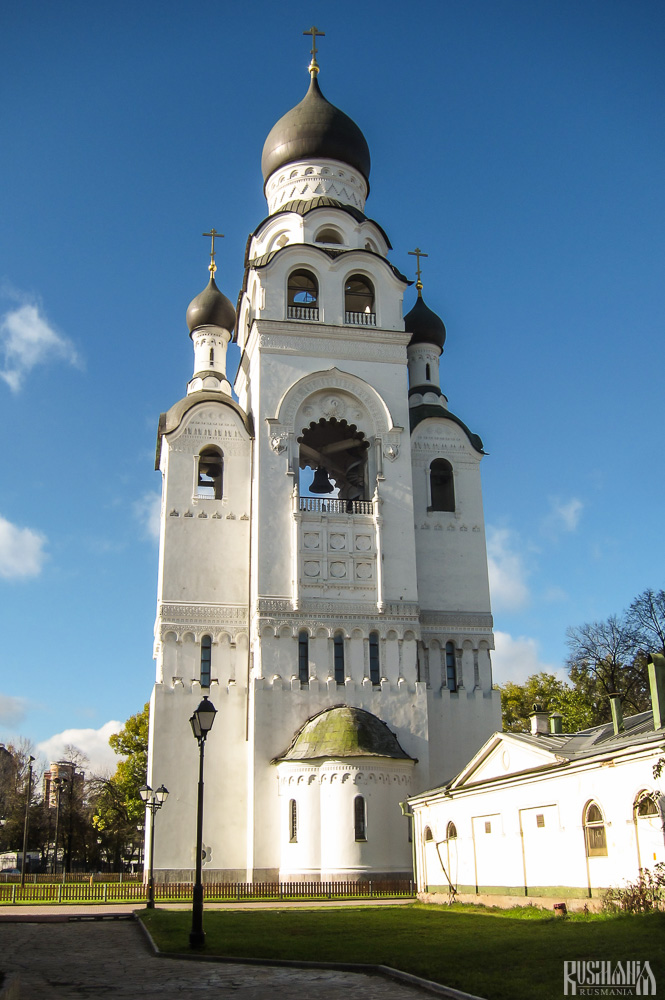
The dominant feature within the settlement is of course the giant three-domed Bell Tower which also incorporates the Dormition Church. It was built in-between the Intercession Cathedral and Nativity of Christ Church between 1908 and 1913 and is one metre taller than the Kremlin's Ivan the Great Bell Tower.
St Nicholas' Old-Believers Church at Rogovsky Cemetery
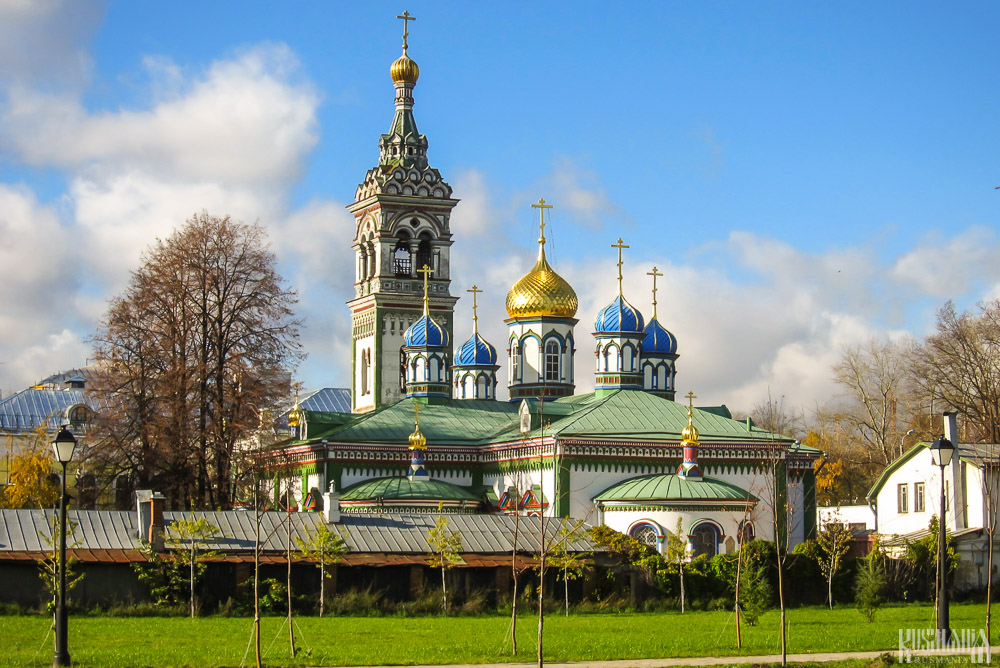
To the north of the Intercession Cathedral is St Nicholas' Old-Believers Church at Rogovsky Cemetery which was built in 1776 on the site of the cemetery's original Old-Believer chapel. In 1854 the Church was transferred on the orders of Emperor Nicholas I to the Coreligionists (Yedinoverye) denomination which is a branch of the official Orthodox Church which still observes the old-rites. The church was subsequently heavily reconstructed between 1863 and 1866. It has five domes (one central golden dome and four smaller blue domes) and a tall bell tower. It is decorated with many brightly coloured details.
Rogovskoe Cemetery
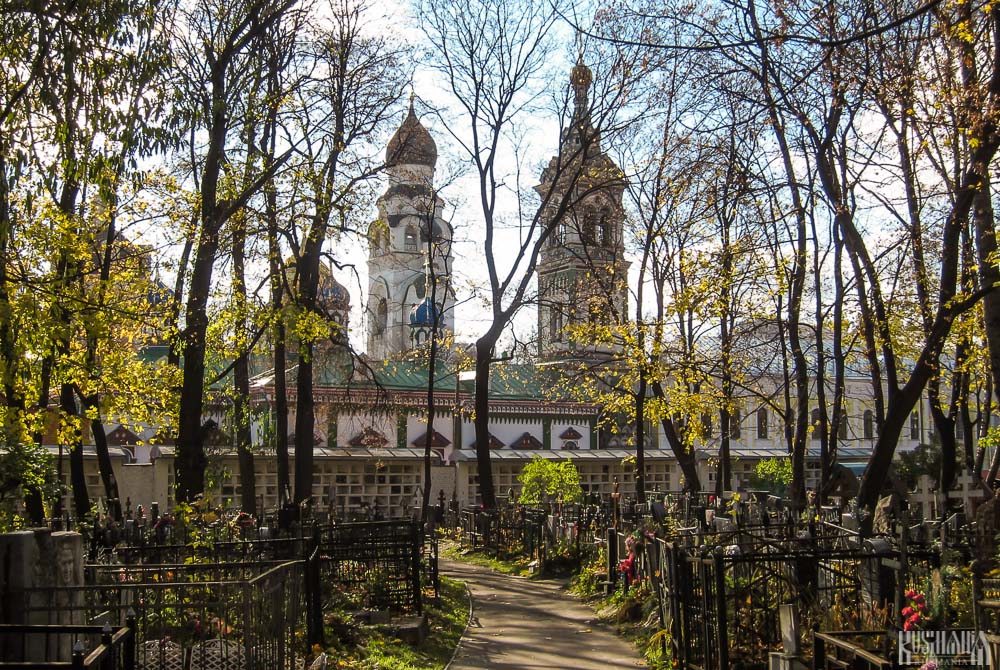
The Rogovskoe Cemetery was opened in 1771 after there was an outbreak of the plague and Empress Catherine the Great banned burials within the boundaries of cities. The surrounding area subsequently became the centre of the Russian Orthodox Old-Rite Church. The cemetery remained purely for Old-Believers right up until after the Revolution, when unmarked burials of victims of political repression took place in secret. During the Second World War, Soviet war dead were also buried here in two mass graves. The cemetery is now protected by the state.
| Location | 1 Ulitsa Rogozhsky Posyolok |
|---|---|
| Metro | Aviamotornaya, Ploschad Ilicha |

